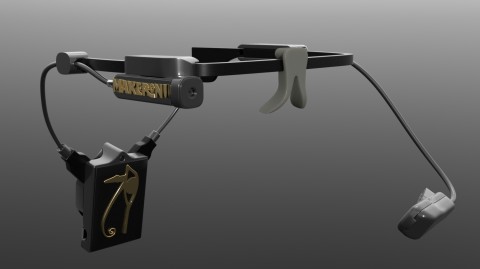The Egyptian God Horus had the body of a man and the head of a falcon, and his fantastic eyesight, which allowed him to control what mere mortals were up to down on Earth, may well explain why a group of Spanish scientists named their award winning invention after him.
Fergus Reig from Alicante is one of the team that won first prize in the Space Apps Challenge organised by NASA and who were then one of the ten teams selected for the UAE AI & Robotics Award at Dubai in February 2016. The bar had been set high with competing teams from MIT, Stanford and Berkeley.
Their Project is called Eye of Horus, an ancient Egyptian symbol of protection and good health, and has been designed by the Spanish start up Makeroni, based in Zaragoza since 2012.
Eye of Horus is an open source platform that allows users to control objects by looking at them, which explains the interest of NASA in the project, and why they were invited to Cape Canaveral to witness a launching.
One key advantage of such a device would be to help physically handicapped people with their daily tasks. The system combines eye tracking with a frontal camera to know where you are looking. The target devices are identified using light beacons and controlled with wireless protocols.
Infrared LEDs are used as light beacons, emitting different frequency pulses for each device, while the frontal camera detects the light, differentiating and communicating with the objects being observed.
The Eye of Horus could also allow people to control the light level in their kitchens or turn on machines just using their vision.
They have also developed, and shown on Spanish TV, wearables to help the blind.



